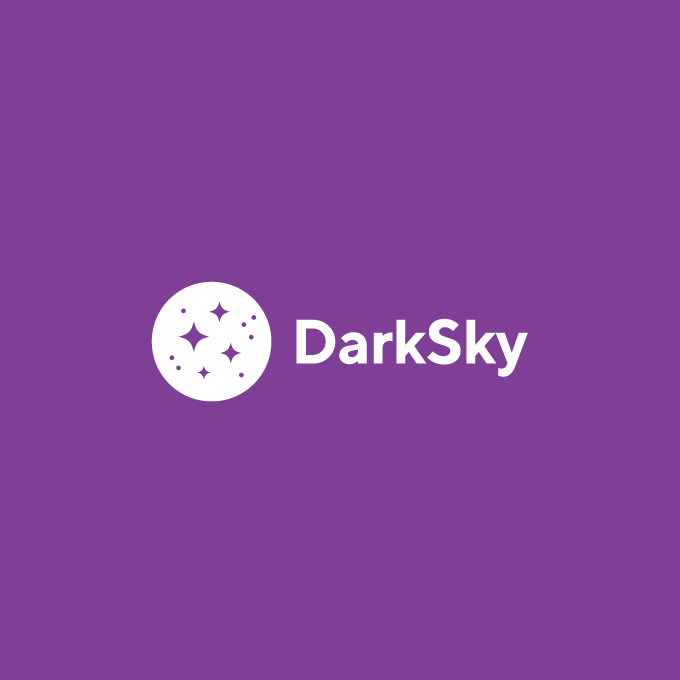
Model Lighting Ordinance
In 2011, DarkSky International and the Illuminating Engineering Society (IES) published a Model Lighting Ordinance to address the need for strong, consistent outdoor lighting regulation in North America.
Developed jointly over a period of seven years, the MLO encourages communities to adopt comprehensive outdoor lighting ordinances, without devoting extensive staff time and resources to their development.
The MLO is a template designed to help municipalities develop outdoor lighting standards that reduce glare, light trespass, and sky glow. The MLO offers several innovations to outdoor lighting regulation, including:
- The use of five lighting zones to classify land use, with appropriate lighting levels for each. Zones range from LZ0, designed for pristine natural environments and limited or no outdoor lighting, to LZ4, for limited application in areas of extensive development in the largest cities
- Limits on the amount of light used for each property
- Use of ANSI/IES TM-15-20’s “BUG” (Backlight, Uplight, and Glare) classifications for outdoor lighting fixtures to ensure that only well-shielded fixtures are used; no uplight for area and street lighting is allowed in any zone
In 2021, a joint DarkSky-IES working group re-evaluated the MLO. The working group concluded that while it has not been widely adopted in its entirety, it has influenced municipalities to adopt lighting policies and building codes such as California Title 24 and ANSI/ASHRAE/IES 90.1. Rather than develop a successor model ordinance, the working group recommended developing adaptable resources to assist communities in developing and adopting locally appropriate codes. These will reflect current policies and practices, such as the Five Lighting Principles and Values-Centered Approach.
This work is underway. In the meantime, the MLO can provide a useful reference document. The working group recommends that municipalities review the prescriptive method outlined in the document. We no longer recommend using the performance approach. Of note, in 2011, when the MLO was published, LED technology was nascent and thus was not widely integrated into the document.
The Model Lighting Ordinance and User’s Guide can be reviewed here.
We also recommend that people consider developing a quality outdoor lighting code review recent International Dark Sky Communities and their adopted policies.



















